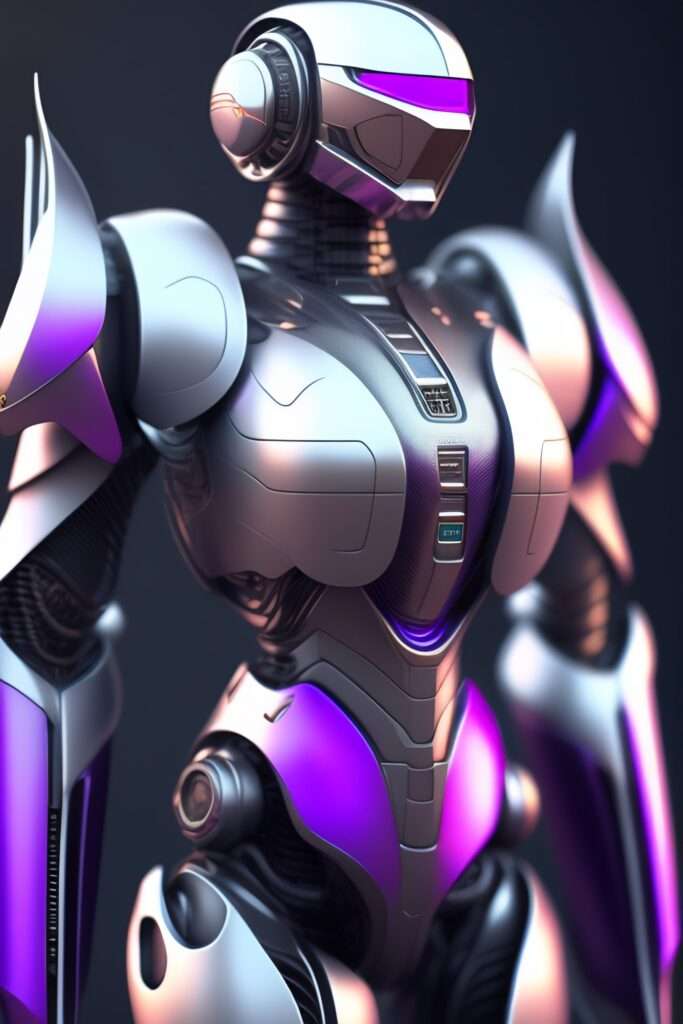Top 5 Machine Learning algorithm used in Computer vision?
 Naveen
Naveen- 0

Every day, a computer vision system processes millions of photos, videos and other media. Progress in computational power and deep learning has led to major advances in the field of computer vision. These advancements have created new opportunities for computer vision that we can explore today.
The 5 popular Machine learning algorithm in computer vision are:
- Convolutional Neural Network
- Support Vector Machine
- Dense Layer Perceptron
- K-nearest neighbors (KNN)
- Principal Component Analysis
1) Convolutional Neural Networks (CNNs)
CNNs are a class of neural networks used in deep learning to extract features from the data at various levels of abstraction. They are commonly used in image processing applications, such as object detection, face recognition, and image classification.
2) Support Vector Machines (SVMs)
Support Vector Machine is an algorithm that is designed to classify data into two categories – one for which it calculates an optimal dividing line between them with the maximum margin possible; that dividing line is called Support Vector Machine (SVM).
3) Dense Layer Perceptron
Dense (fully-connected) layers are comprised of perceptions that get connected to all the input features and the output is computed by a matrix multiplication which can be decomposed into a sequence of element-wise operations.
4) K-nearest neighbors (KNN)
KNN is a non-parametric supervised learning algorithm that allows us to classify data without labels and without any hand design of features for the training data set. It classifies new information, such as new examples and text that have not been seen before.
5) Principal Components Analysis
Principal Component Analysis (PCA) is a statistical technique that provides an alternate way of looking at data. It is primarily used to help understand complex datasets and decompose them into simpler, more manageable pieces.
Popular Posts
Author
-

Naveen Pandey has more than 2 years of experience in data science and machine learning. He is an experienced Machine Learning Engineer with a strong background in data analysis, natural language processing, and machine learning. Holding a Bachelor of Science in Information Technology from Sikkim Manipal University, he excels in leveraging cutting-edge technologies such as Large Language Models (LLMs), TensorFlow, PyTorch, and Hugging Face to develop innovative solutions.
View all posts
